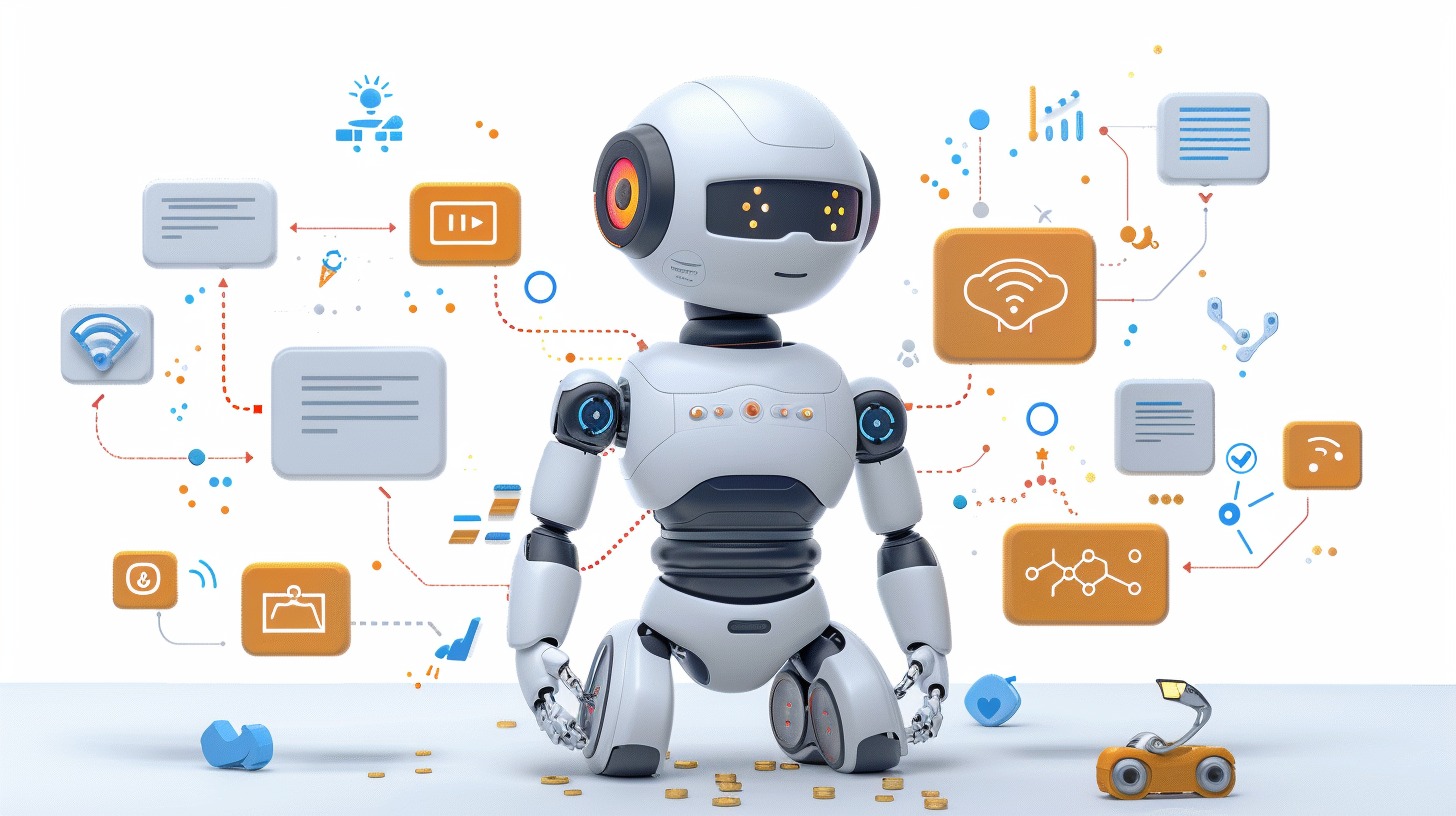
How to build an AI chatbot like ChatGPT
Creating a chatbot akin to ChatGPT requires three key components: well-structured datasets, robust AI/ML algorithms, and an intuitive user interface. Information once confined to academic and research settings is now accessible to the public, largely through AI chatbots. These chatbots extend beyond traditional customer service roles, offering informative assistance and engaging dialogues.
Among the top AI chatbots is ChatGPT, developed by OpenAI and renowned for its ability to understand and generate relevant responses comprehensively. Businesses are eager to integrate such AI-driven tools to enhance customer experiences. Building a chatbot comparable to ChatGPT involves combining NLP with GPT-3, leading to transformative customer interactions and cost reductions. By utilizing the GPT-4 language model and its API, business can develop customized chatbot and blog ideas generator without the need for extensive infrastructure.
What is ChatGPT, How Does it Work, and What Are its Benefits?
ChatGPT, developed by OpenAI, is an advanced conversational AI tool based on the GPT-3.5 model. It excels in natural language processing tasks like translation and question-answering. With extensive training on a vast dataset, it delivers accurate, contextually appropriate responses. Its key features include a user-friendly interface, sophisticated machine learning algorithms, easy integration via OpenAI’s API, and an AI Twitter post generator. ChatGPT benefits businesses by enhancing user experience, streamlining internal operations, and empowering products with personalized interactions.
Estimating the Cost of Developing a ChatGPT-like Chatbot and How to Minimize It
Creating an AI chatbot like ChatGPT involves significant computational and operational factors, including data collection, cloud storage, and development team costs. Estimated costs range from $90,000 to $450,000 over several months. To manage expenses, consider outsourcing to reliable partners like Akaike Technologies, adopting a Minimum Viable Product (MVP) approach, and using unimodal datasets for efficiency.
Step-by-Step Guide to Creating an Outstanding AI Chatbot like ChatGPT

Building an exceptional AI chatbot akin to ChatGPT requires a structured approach that includes conversational flow, ML algorithms, and adaptability based on user feedback. Follow this comprehensive guide to develop a captivating chatbot.
Step 1: Select an NLP Framework
Start by selecting a Natural Language Processing (NLP) framework as the foundation for your AI chatbot. Options like NLTK, Spacy, and Gensim each have unique strengths and weaknesses. Choose the framework that best aligns with your project’s specific requirements.
Step 2: Prepare Your Dataset
Gather and organize a substantial dataset crucial for training your chatbot. Sources such as chat logs, emails, and social media posts can add valuable insights. Clean and preprocess the data by removing special characters, stop words, and punctuation.
Step 3: Train Your Chatbot
Input the prepared dataset into your chosen NLP framework to train your chatbot. The machine learning algorithms within the framework will learn the intricacies of natural language and generate appropriate responses.
Step 4: Fine-Tune Your Chatbot
Enhance your chatbot’s performance by adjusting parameters and providing targeted training on specific topics or scenarios. Adding supplementary training data can further expand its expertise in particular domains.
Step 5: Integrate Your Chatbot into an Interface
Seamlessly integrate your chatbot into your application or site using APIs or SDKs supplied by the NLP framework. Develop an instinctive interface that facilitates user interactions, boosting customer satisfaction and user experience.
Creating a high-quality AI chatbot involves meticulous steps, from selecting the right NLP framework to preparing and refining the dataset and, finally, training and integrating it. By following this roadmap, you can build an engaging and effective chatbot.


